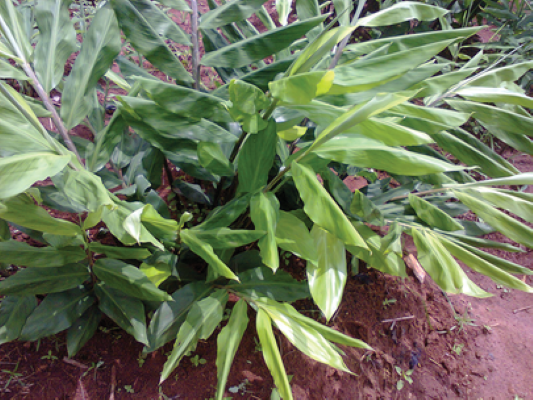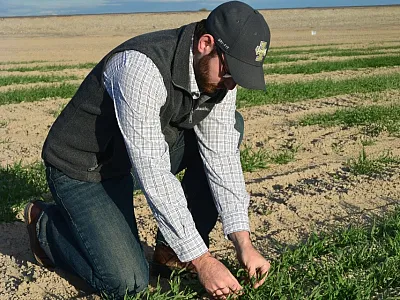Morphological Markers Linked to High Ginger Yield

In the food, pharmaceutical, and cosmetic industries, ginger is already widely used. Use in home remedies to prevent COVID-19 infection may have contributed to the global ginger shortage. With a growing demand for ginger and competition for land use, producers are looking to increase the yield per unit area.
A two-year study evaluating ginger germplasm in Nigeria, the largest producer of ginger in sub-Saharan Africa, was recently published in Crop Science. The study looked into characteristics that distinguish high- from low-yielding ginger genotypes. Various yielding capacities were discovered in the germplasm, and the yield rose as the pseudo-stem diameter increased. Low ginger yields were produced by genotypes with more aboveground characteristics.
Ginger farmers who select planting materials based on these morphological traits linked to yield should see increased harvests, improving the availability of ginger. Adapted from Chukwudi, U.P. (2022). Ginger germplasm classification and identification of morphological markers related to rhizome yield. Crop Science. https://doi.org/10.1002/csc2.20850
Text © . The authors. CC BY-NC-ND 4.0. Except where otherwise noted, images are subject to copyright. Any reuse without express permission from the copyright owner is prohibited.














